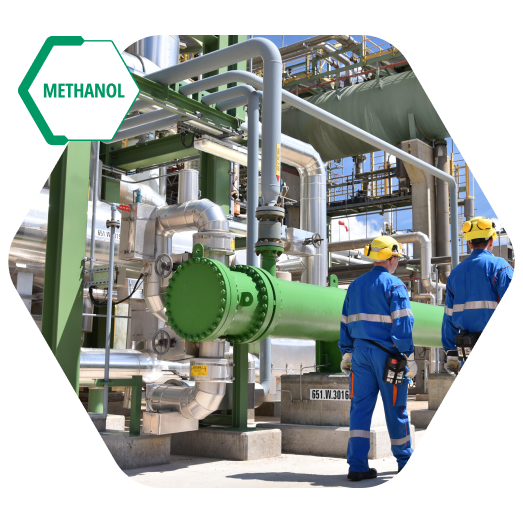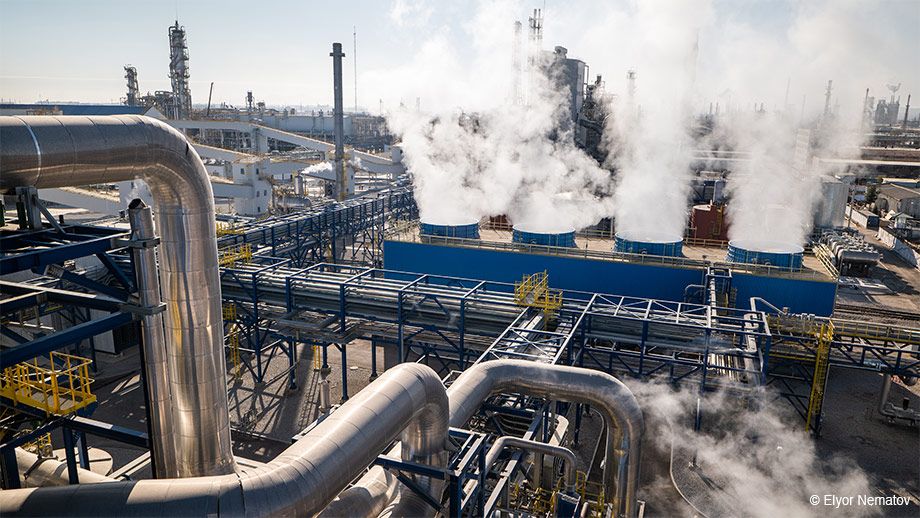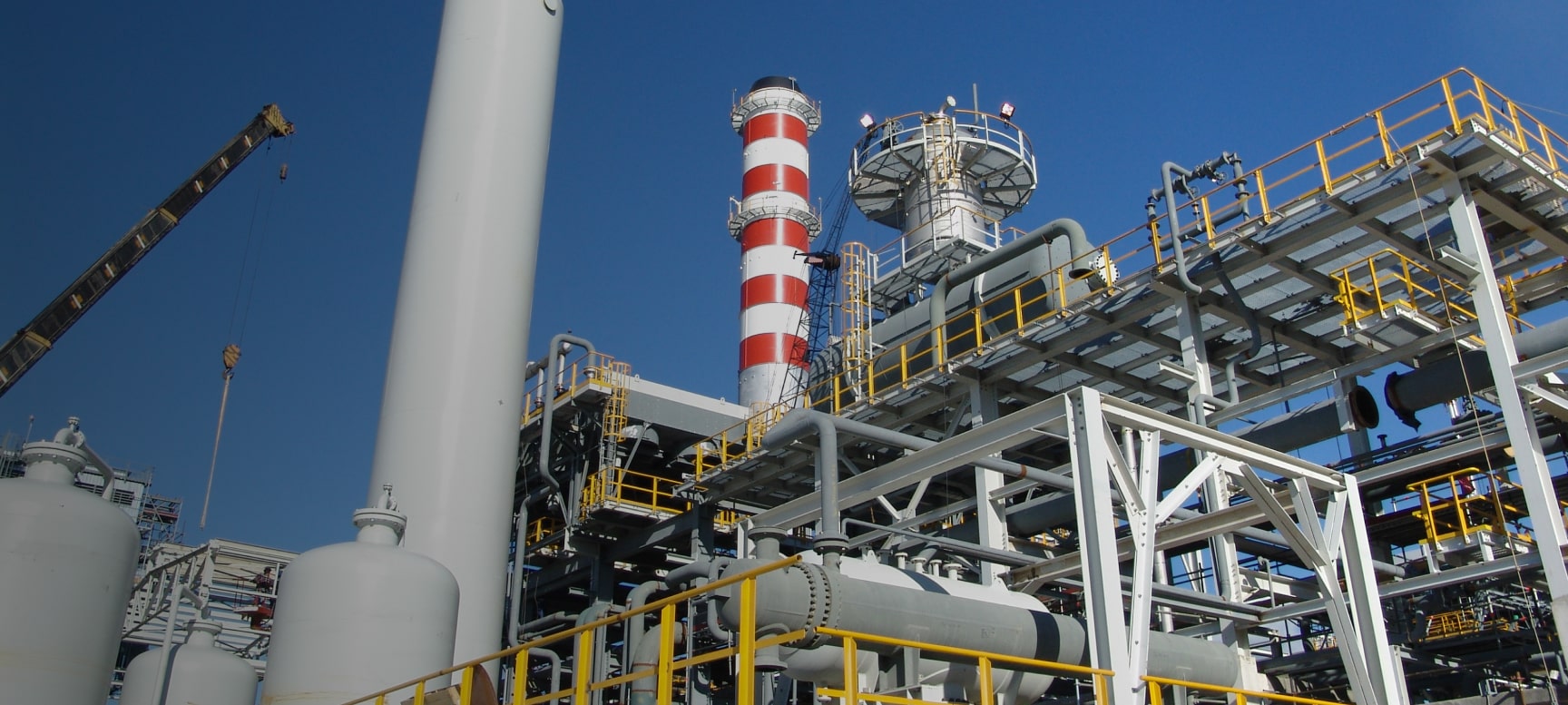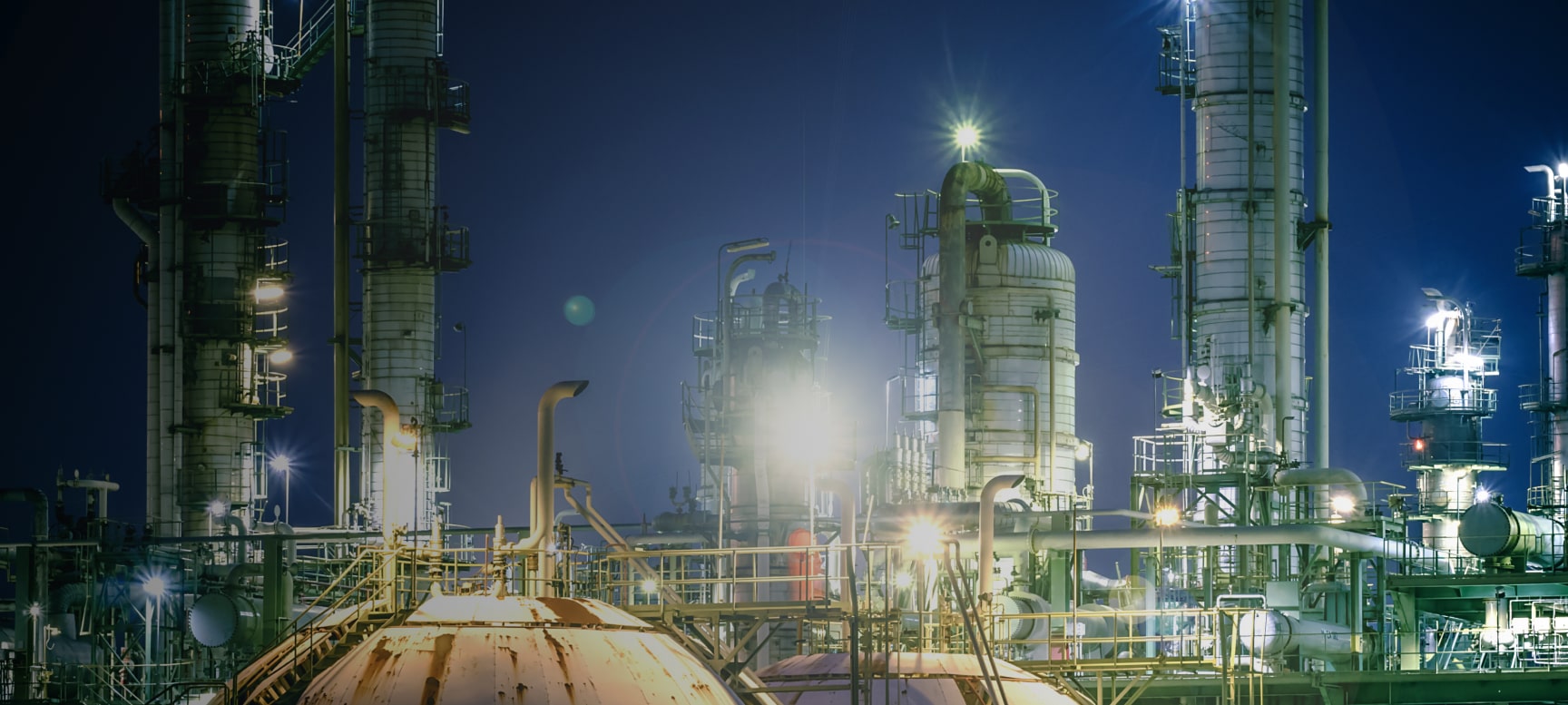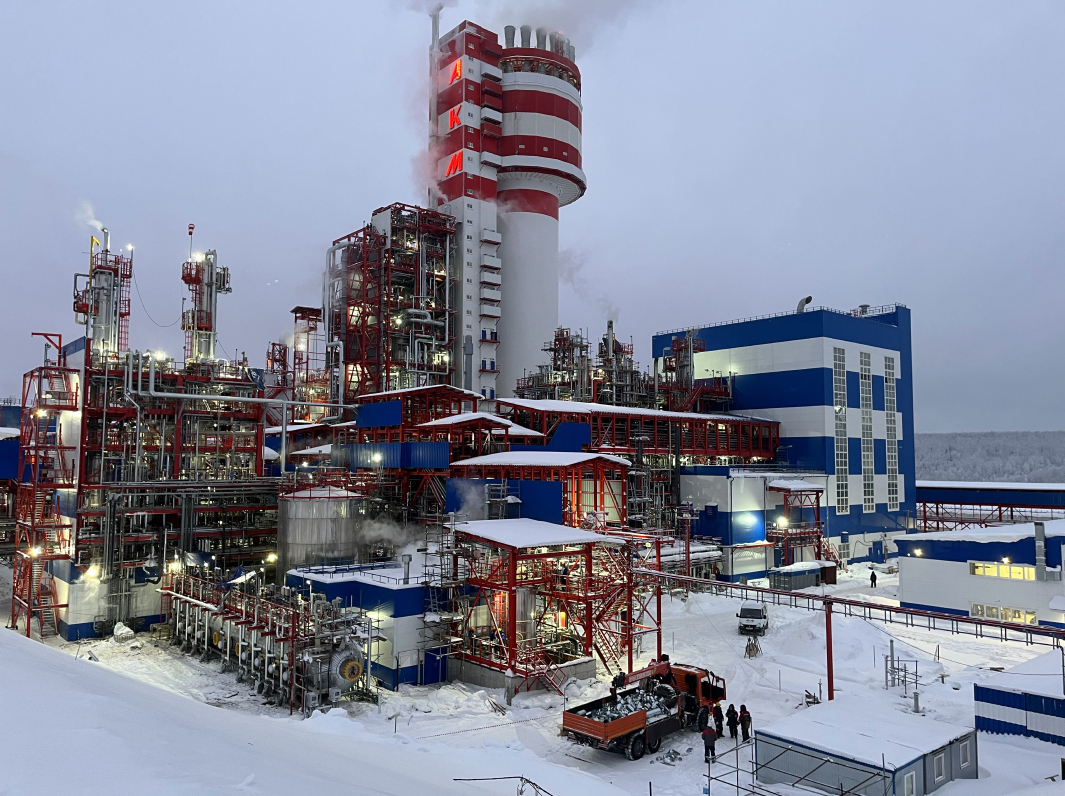Sustainable
Energy carrier
Store and transport your renewable energy
The rapidly declining costs of renewable energy generation have brought “green” hydrogen, produced through electrolysis powered by renewable sources, to the forefront as a highly promising energy solution for various applications. When it comes to transporting hydrogen efficiently, one of the most viable approaches involves its chemical conversion into compounds like ammonia, methanol, or liquid organic hydrogen carriers. Among these options, ammonia stands out as an especially promising choice.
Green Ammonia
Casale is the world’s oldest licensor for green ammonia technology, having built the first ‘fully green’ ammonia plant about 100 years ago in Italy.
Today we offer a wide range of modern technologies encompassing the full scope of green ammonia production.
Casale is also a supplier of engineering components for other sections of the green ammonia plant such as hydrogen and ammonia storage, in addition to expertise in the digitalization and optimization of green ammonia plants.
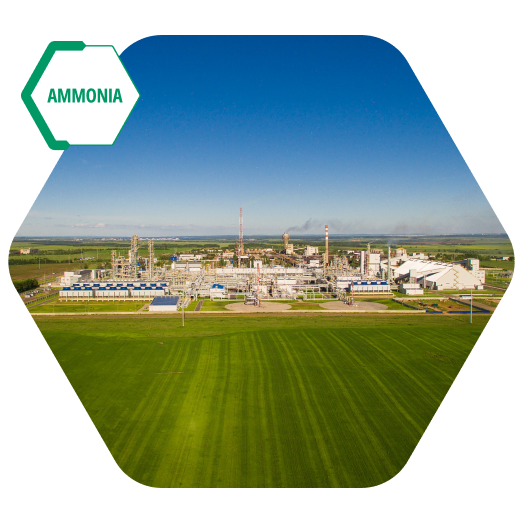
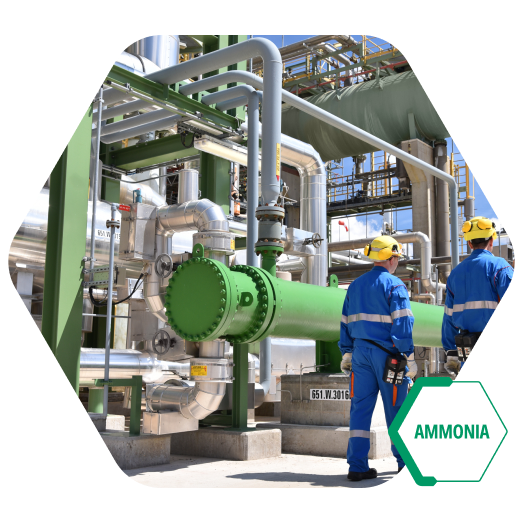
Ammonia Cracking
Ammonia cracking is a crucial step towards sustainability by allowing the conversion of green ammonia, generated in regions with abundant renewable energy resources, into green hydrogen in areas where such renewable resources are not readily accessible.
We offer a readily available, proven solution that is flexible and tailored to suit specific plant requirements. Our ammonia cracking technology spans a broad spectrum of hydrogen production capacities, ranging from 5 t/d to over 1000 t/d of pure hydrogen.
Renewable Methanol:
Renewable methanol production can be achieved through two routes:
Bio-Methanol: This method relies on sustainable biomass resources, encompassing forestry and agricultural residues, as well as by-products. It can also utilize biogas sourced from landfill sites, sewage, municipal solid waste (MSW), and black liquor derived from the pulp and paper industry.
E-Methanol: Here, CO2 is utilized, either captured from flue gases or extracted directly from the atmosphere through air capture techniques. This process combines CO2 with green hydrogen, which is hydrogen generated using renewable electricity sources.
In both processes the methanol synthesis unit is close to that of a typical coal-gasification plant, for which we have 20 references.
We can provide: the synthesis loop, distillation section, the methanol storage and, in case of the bio- methanol, also the CO-shift section.
